Creating a Non-Fungible Token (NFT) can seem complex, especially for beginners. However, using the Kriptomat app making a NFT with OpenSea makes the process as simple. This guide will show you step-by-step how you can create your very own NFT on OpenSea in just a few minutes!
Step 1: Download Kriptomat App
To start your NFT journey, download the Kriptomat app and create your account in minutes. It’s available on both iOS and Android.
Step 2: Visit Web3 Section
Go to the Web3 section. It is the simplest way to access the Web3 world. We’ve hand-picked the most exciting options and listed them here. They are all just a click away!
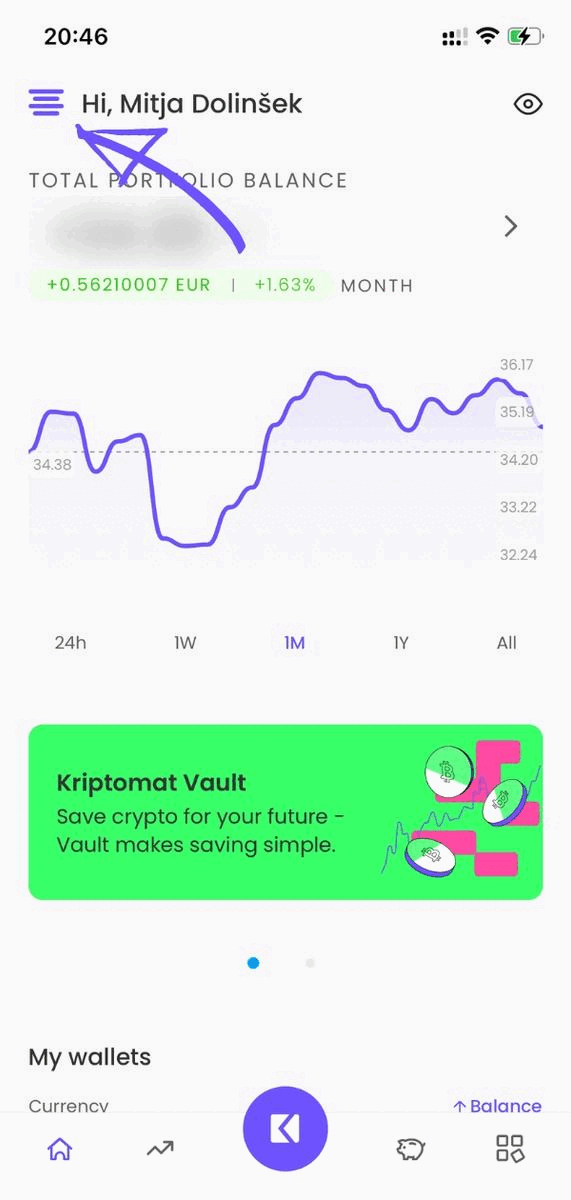
Step 3: Open OpenSea in the Discover Web3 Section
The Discover Web3 section houses dozens of Web3 applications, including multiple NFT marketplaces. Find and open OpenSea – a platform where you can create, buy, sell, and explore NFTs.
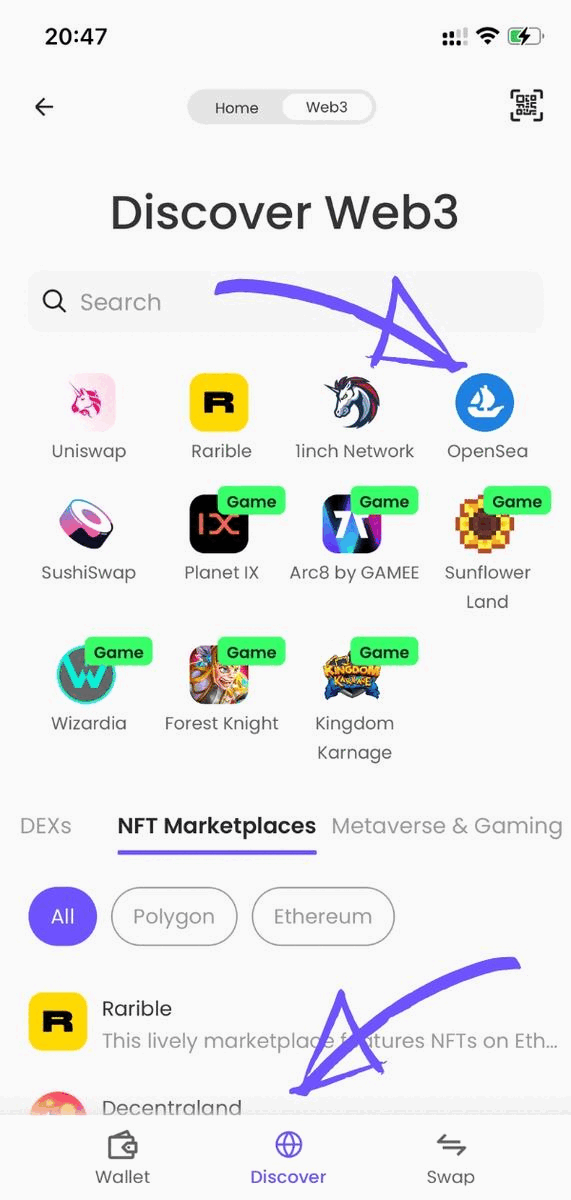
Step 4: Login into OpenSea with WalletConnect
Using WalletConnect you can securely and effortlessly log into OpenSea with Kriptomat. This will establish a secure connection between your Kriptomat Web3 Wallet and OpenSea.
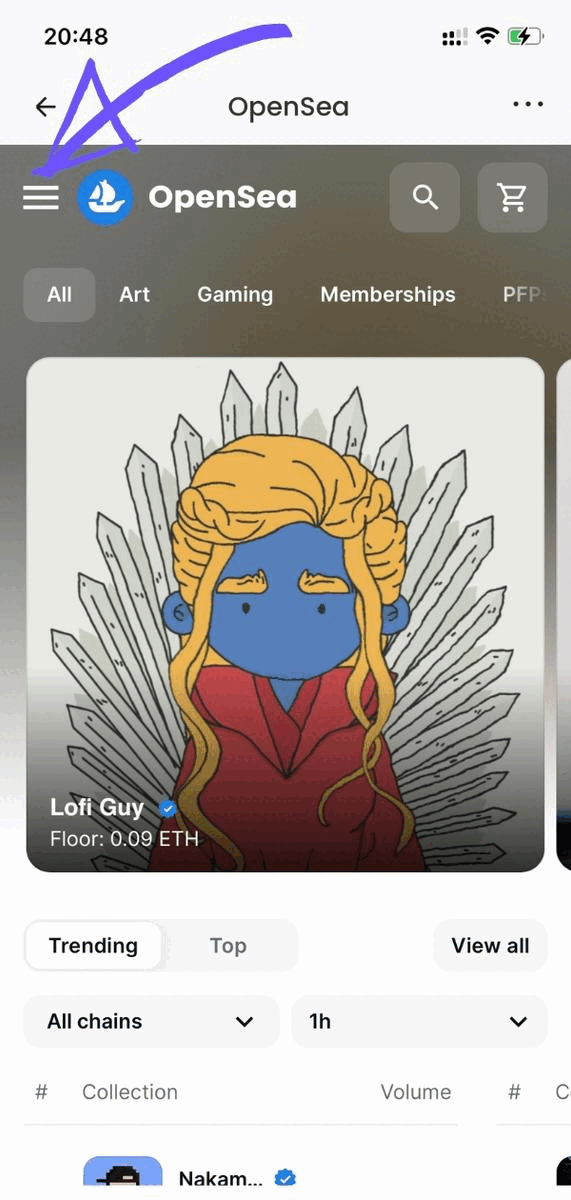
Step 5: Tap “Create” and Fill Out Your NFT’s Details to Create It
Once you’re logged into OpenSea, click on the “Create” button in the menu. Here, you will find the option to create your NFT. The creation process involves detailing specific attributes of your NFT:
- Upload your file: This can be an image, video, audio, or 3D model. The file you choose will be the face of your NFT. Be sure to select a format supported by OpenSea, such as JPG, PNG, GIF, SVG, MP4, WEBM, MP3, WAV, OGG, GLB, or GLTF with a max size of 100 MB.
- Name your NFT: This name will identify your NFT on the marketplace. Short, catchy names often work best.
- Include an External link (optional): This can lead to a website that gives more context about your NFT project, brand, or portfolio.
- Description (optional): Write a description to elaborate on the NFT’s details, story, or purpose. Markdown syntax is supported for structured descriptions.
- Properties (optional): Here, you can detail specific traits your asset possesses. This helps potential buyers understand the uniqueness of your NFT.
- Supply: Determine the total supply of NFTs you want to create.

How to create an NFT FAQ
What is an NFT?
NFT stands for Non-Fungible Token, which represents a unique digital asset on the blockchain. Unlike cryptocurrencies such as Bitcoin or Ethereum, NFTs aren’t interchangeable on a like-for-like basis because each one has unique properties or attributes. NFTs can represent a wide range of digital and real-world assets, including digital art, music, virtual real estate, collectibles, and more.
What is OpenSea?
OpenSea is the largest peer-to-peer marketplaces for buying, selling, and trading NFTs. It supports an extensive range of digital assets, including digital art, domain names, virtual world items, and more. OpenSea provides a platform where creators can mint NFTs and list them for sale, while collectors and investors can browse, bid on, and purchase these unique digital assets.
Who can create an NFT?
Anyone with access to the internet and a digital wallet can create an NFT. Artists, creators, businesses, and even ordinary individuals can mint their unique digital assets into NFTs. Whether it’s digital art, music, videos, virtual goods, or even tweets, if it can be digitised, it can typically be turned into an NFT.
How much does it cost to create an NFT on OpenSea?
Creating an NFT on OpenSea is free through a process called ‘Lazy Minting,’ where the NFT doesn’t get minted on the blockchain until it’s purchased. However, when you first list an item for sale in a new collection or when a buyer purchases your NFT, there will be a ‘gas fee’. This is essentially a processing fee that varies based on network congestion. It’s important to factor in these potential costs when creating and selling NFTs.
What is Web3?
Web3, or Web 3.0, represents the next generation of the internet that is powered by blockchain technology, enabling decentralization and user control over data. It features key elements such as smart contracts, decentralized applications (DApps), decentralized finance (DeFi), and non-fungible tokens (NFTs), fostering a more user-centric online world with distributed value and governance. For more questions regarding Web3, visit our Web3 FAQ page.
NOTE
This text is informative in nature and should not be considered an investment recommendation. It does not express the personal opinion of the author or service. Any investment or trading is risky, and past returns are not a guarantee of future returns. Risk only assets that you are willing to lose.


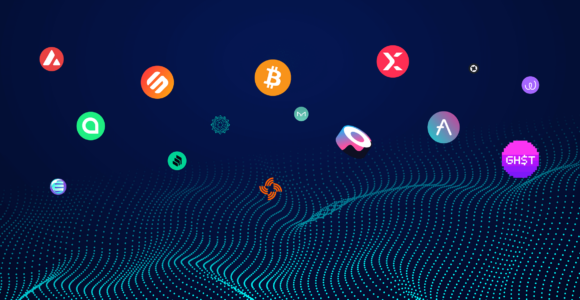
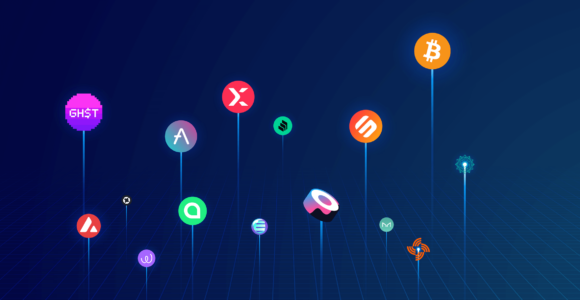
 IOS
IOS Android
Android